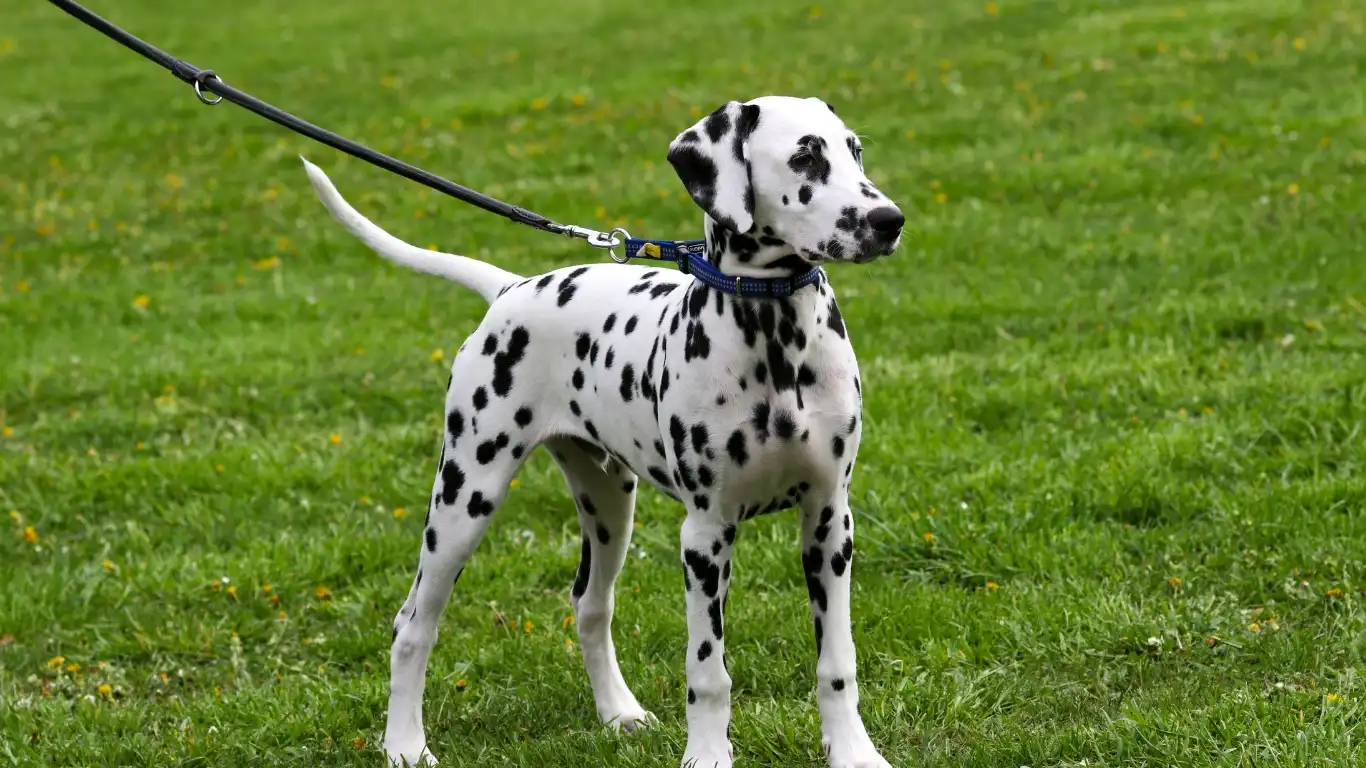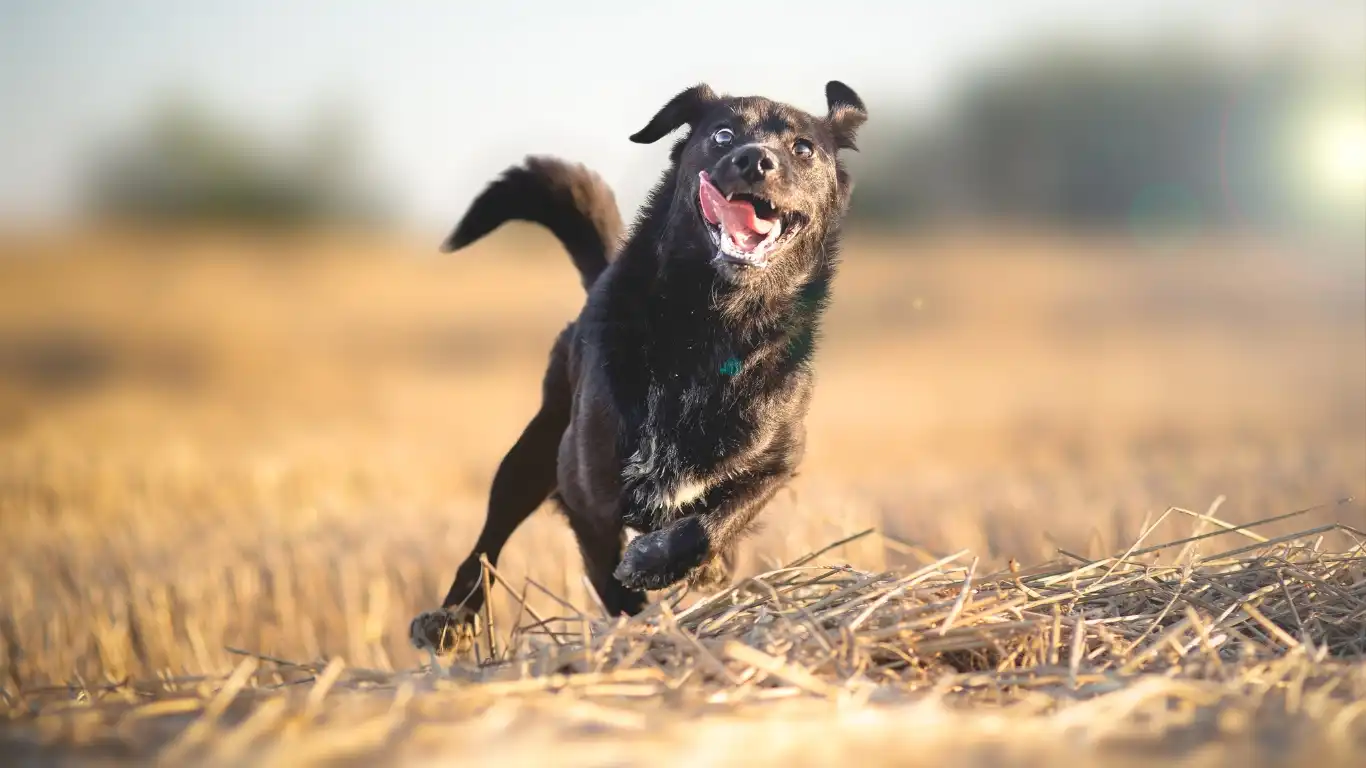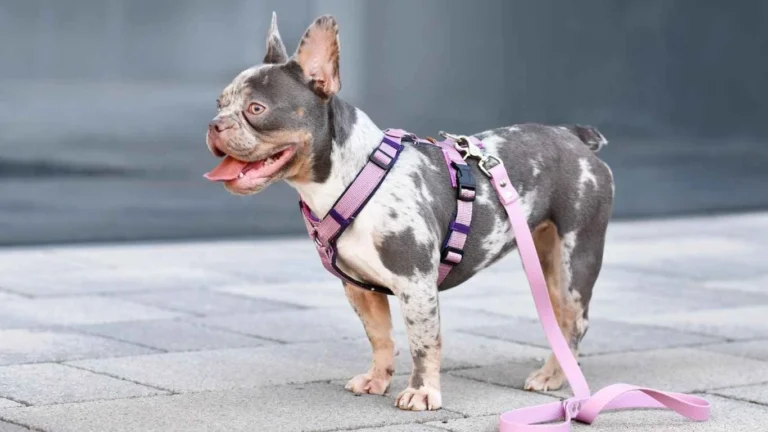Essential Tips to Perfectly Care for Your Dog’s Coat After Swimming
There’s nothing quite like the joy on a dog’s face after a good swim — that wet fur, the happy shakes, and the unmistakable sparkle in their eyes. But as a Veterinary Technician/Nurse specializing in nutrition, I’ve seen firsthand how important it is to follow up that fun with proper care, especially when it comes to how to care for a dog’s coat after swimming. A wet coat left unattended can lead to issues like dryness, tangles, or even skin infections, which is the last thing you want after your furry friend has had such a blast. So, let’s dive into the essentials of keeping your dog’s coat healthy and shiny after water play.
Why Proper Coat Care After Swimming Matters

First off, dogs’ coats aren’t just about looks — they serve important functions like insulation, protection from the elements, and skin health. When your pup goes for a swim, their coat absorbs water, which can trap dirt, bacteria, and sometimes algae or parasites. This combination, if not properly addressed, can cause skin irritations or infections over time.
From my years working alongside veterinarians and pet parents, I’ve noticed that many underestimate the impact of water exposure on their dog’s coat. Just like how our skin needs moisture balance, a dog’s coat and skin require some TLC after swimming to avoid dryness or irritation. Whether your dog loves the lake, pool, or ocean, the post-swim routine plays a huge role in coat health.
Step-by-Step Guide: How to Care for a Dog’s Coat After Swimming

1. Rinse Thoroughly With Fresh Water
One of the first and most critical steps I recommend is to rinse your dog’s coat with clean, fresh water immediately after swimming. This helps wash away chlorine, salt, algae, and other contaminants that can linger in the fur. In my experience, skipping this rinse often leads to itchy, flaky skin, and nobody wants a scratchy dog! A gentle spray or a shallow bath will do, making sure you get between those folds and under the belly where residue tends to hide.
2. Use a Mild Dog Shampoo (Optional but Beneficial)
Depending on how frequently your dog swims, using a gentle, moisturizing dog shampoo can help remove stubborn dirt and balance the natural oils of the coat. However, avoid over-shampooing since that can strip essential oils and cause dryness. When I worked with dogs that were regular swimmers, we’d recommend shampooing every 1-2 weeks or as needed, using products formulated specifically for dogs. Human shampoos or harsh detergents can upset their skin’s pH, so always stick to dog-safe options.
3. Dry Your Dog’s Coat Properly
One of the biggest mistakes I see pet parents make is letting their dog air dry without doing a proper towel-down or blow dry. A damp coat, especially on thick or double-coated breeds, can trap moisture close to the skin and create an environment where yeast and bacteria thrive. After rinsing, use a thick towel to gently but thoroughly pat your dog dry. If your dog tolerates it, a pet-safe blow dryer on a cool setting works wonders to speed up drying, reduce tangles, and keep the skin comfortable.
4. Brush to Detangle and Stimulate the Skin
Brushing after swimming is a two-fold benefit. It helps remove loose fur and debris trapped during the swim, and it stimulates the skin’s natural oils, promoting a glossy, healthy coat. Depending on your dog’s coat type, you’ll want to use the appropriate brush — slicker brushes for curly or long coats, and bristle brushes for short coats. Over the years, I’ve learned that consistent brushing also lets you check for any unusual bumps, rashes, or parasites that might have hitched a ride during your dog’s swim.
Common Mistakes to Avoid When Caring for Your Dog’s Coat Post-Swim
- Neglecting the rinse: Even if the water looked clean, contaminants can linger in the coat.
- Using harsh products: Never use human shampoos or soaps not formulated for dogs.
- Skipping drying: Leaving the coat wet can lead to skin infections or unpleasant odors.
- Brushing a tangled wet coat: Always dry first to prevent painful hair breakage.
Taking just a few extra minutes after your dog’s swim to care for their coat can make a huge difference — trust me, your dog’s skin and fur will thank you, and you’ll avoid costly vet visits later. Plus, it’s a great bonding moment between you and your pup, reinforcing trust and comfort after an exciting splash session.
Protecting Your Dog’s Coat Long-Term After Swimming

Now that you’ve got the basics down for immediate post-swim care, let’s talk about the bigger picture—how to keep your dog’s coat healthy and resilient over the long haul. When I was working in clinics and advising pet owners, I often emphasized that how to care for a dog’s coat after swimming isn’t just a one-time thing but part of an ongoing grooming routine tailored to your dog’s lifestyle and coat type.
Every dog is unique, and their coat needs reflect that. For instance, a Golden Retriever that spends weekends at the lake needs a different approach compared to a short-haired terrier who dips paws occasionally in a kiddie pool. Paying attention to your dog’s coat texture, skin condition, and how they respond to swimming will help you fine-tune your care routine.
Consider Your Dog’s Coat Type
Understanding your dog’s coat is key. Double-coated breeds like Huskies or Labs have a thick undercoat that traps moisture, making thorough drying even more important. Single-coated dogs, like Greyhounds or Boxers, have a thinner coat but might be more prone to skin irritation from chlorine or saltwater.
In my experience, double-coated dogs benefit greatly from regular deshedding treatments post-swim to remove loose hairs and prevent matting. For dogs with curly or dense fur, like Poodles or Bichons, careful detangling after drying is essential to avoid painful knots and keep the coat fluffy.
Incorporate Nutritional Support for a Healthy Coat

As someone who’s specialized in nutrition, I can’t stress enough how what goes inside impacts the outside. A balanced diet rich in omega-3 and omega-6 fatty acids, vitamins A and E, and proteins helps maintain a shiny, strong coat that recovers faster from environmental stressors like swimming. Sometimes, I recommend supplements like fish oil or flaxseed oil to boost coat health—after consulting with your vet, of course.
Remember, even the best grooming routine can fall short if your dog’s nutrition isn’t supporting their skin and fur health. Hydration is equally important; well-hydrated skin means less flaking and itchiness.
Tips for Preventing Common Skin Problems After Swimming

Watch for Signs of Irritation or Infection
One of the most important things I’ve learned in the clinic is early detection. After your dog’s swim and grooming, keep an eye out for redness, persistent scratching, foul odor, or flaky patches. These signs could indicate skin infections or allergies, sometimes triggered by pool chemicals or algae in natural water.
If you notice any of these, don’t hesitate to contact your veterinarian. Left untreated, these conditions can worsen, causing discomfort and more complicated treatments down the line.
Use Protective Sprays and Conditioners
To add a little extra defense, you might consider pet-safe leave-in conditioners or coat sprays designed to protect against chlorine, salt, and drying effects. These products can help lock in moisture and create a barrier, reducing the coat’s vulnerability after swimming. From my experience, applying these occasionally after swimming sessions works wonders, especially in summer months when dogs swim frequently.
Regular Grooming and Bathing Schedule
Consistency is key. Establish a regular grooming routine based on your dog’s activity level and coat type. For swimmers, this might mean rinsing after every swim and full baths weekly or biweekly. Also, brushing a few times a week not only keeps the coat neat but also helps distribute natural oils evenly.
Practical Tools and Products I Recommend for Post-Swim Coat Care
- High-quality microfiber towels: These absorb moisture quickly and gently without roughing up the coat.
- Pet-safe, moisturizing shampoos: Look for shampoos free from sulfates and harsh chemicals.
- Gentle detangling sprays: Especially helpful for curly or long-haired breeds to ease brushing.
- Proper brushes and combs: Slicker brushes, bristle brushes, or metal combs depending on your dog’s coat.
- Cool air pet dryer: If your dog tolerates it, this speeds drying and prevents dampness-related skin problems.
Having these tools on hand makes post-swim care less of a chore and more of a bonding experience. I always advise pet parents to keep their grooming supplies organized and accessible—especially during swimming season.
Special Considerations for Different Swimming Environments

One thing I’ve learned throughout my career as a Veterinary Technician/Nurse is that not all swimming spots are created equal. Whether your dog’s favorite swim hole is a chlorinated pool, a freshwater lake, or the ocean, the way you care for their coat afterward should adjust accordingly. This is a crucial part of how to care for a dog’s coat after swimming that often gets overlooked.
Swimming in Pools
Pools are popular, but chlorine and other pool chemicals can be harsh on your dog’s skin and coat. Chlorine tends to strip natural oils, leading to dryness and itchiness. After a pool swim, I always recommend a thorough rinse with fresh water to flush out chemicals. Using a moisturizing dog shampoo and conditioner a few times a month can help replenish lost oils. Additionally, keeping an eye out for any redness or flaky patches is important since chlorine sensitivity varies between dogs.
Freshwater Lakes and Rivers
Natural bodies of water are wonderful, but they come with their own set of challenges. Mud, algae, bacteria, and even parasites like Giardia can cling to your dog’s coat and skin. In my experience, rinsing immediately with fresh water is the best defense against these irritants. I often advise pet parents to gently inspect their dog’s coat and skin after swimming in lakes or rivers, especially around the ears, paws, and underbelly where dirt and organisms tend to hide.
Swimming in the Ocean
Saltwater can be drying, but it also has some natural antibacterial properties. Still, salt residue left on the coat can cause dryness and tangling, so a fresh water rinse is absolutely essential after an ocean swim. I’ve noticed some dogs develop paw cracks or irritated skin from the salt, so moisturizing balms for paws and coat conditioners can be lifesavers here.
When to Seek Professional Help

Despite your best efforts, there are times when professional care is necessary. If your dog shows persistent signs of irritation, hair loss, or skin infections after swimming, it’s time to consult your veterinarian. In my role as a vet tech, I’ve seen that early intervention not only speeds up recovery but prevents complications like secondary infections or chronic dermatitis.
Sometimes, the problem isn’t just the coat but an underlying allergy or sensitivity to something in the water or grooming products. Your vet might recommend specialized shampoos, topical treatments, or allergy testing to pinpoint the root cause.
Final Thoughts on Caring for Your Dog’s Coat After Swimming
Throughout my years of working with dogs and their owners, I’ve realized that the best coat care after swimming combines consistent grooming, proper nutrition, and attention to detail tailored to your dog’s individual needs. Taking a few extra minutes after every swim session to rinse, dry, brush, and check your dog’s coat will pay dividends in their health and happiness.
Remember, a healthy coat isn’t just about aesthetics — it’s a reflection of your dog’s overall well-being. The more you learn about your furry friend’s unique coat and skin, the better you’ll become at keeping them comfortable and confident, no matter how many times they dive into the water.
References
Disclaimer
This article is intended for informational purposes only and does not replace professional veterinary advice. If you have concerns about your dog’s skin or coat health after swimming, please consult your veterinarian for a thorough evaluation and personalized care recommendations.






